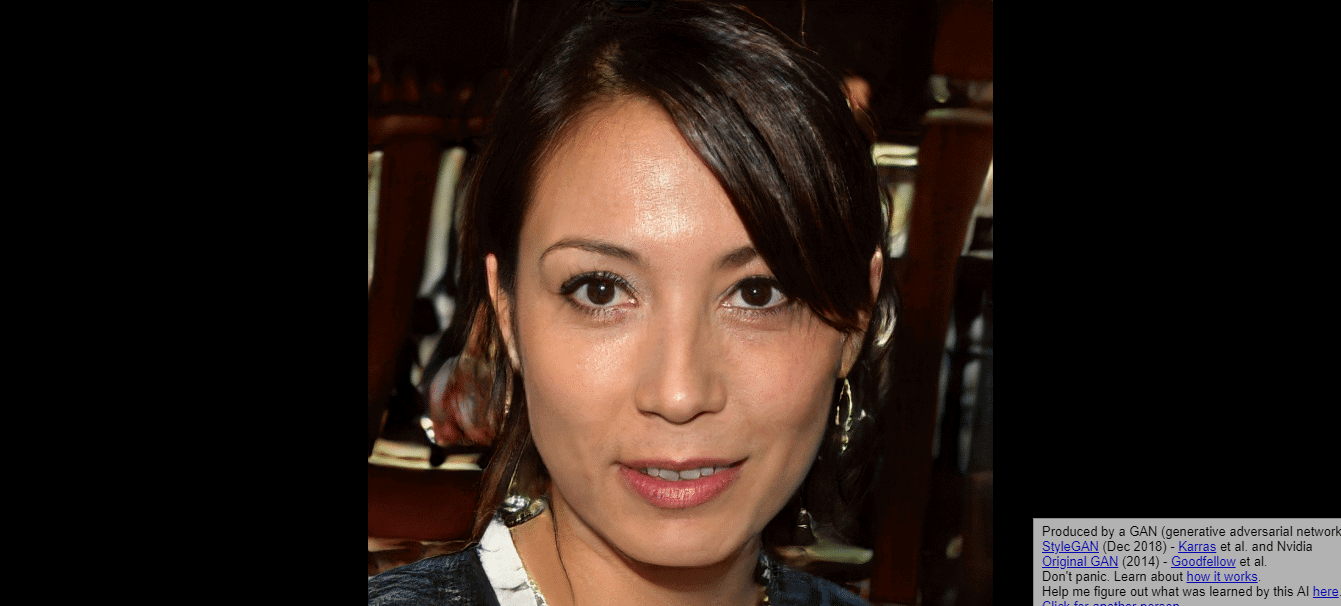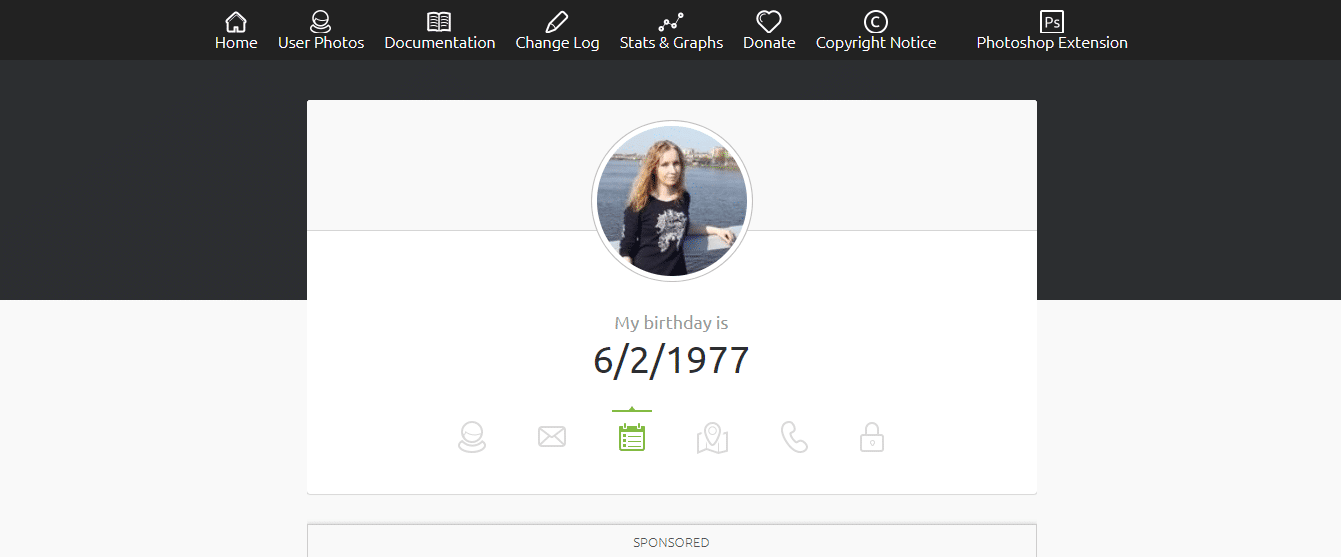Do you remember ten or fifteen years ago in the internet world? You may have gone to one of the thousands of chat rooms around the internet. You may have even created an avatar that you used.
An avatar is a representation of who we are or our fictional character. As a web professional, undoubtedly you have built a website that needed images of people. It might be for a section for the staff or some other area of the website.
Web developers have used different images over the years including something like Placehold.
These types of images help the business owner, as well as the web developer, get a visual representation of what is needed for the project. These days it seems we use stock images and replace them with the company images during the project.
Where can we find avatars for our web projects? What kinds of tools are available to help us generate them quickly? Today we are going to look at three tools.
This Person Does Not Exist
This tool is a fascinating avatar generator. According to Danny Paez at Inverse,
“Phillip Wang is the 33-year-old software engineer responsible for creating the artificial-intelligence powered website This Person Does Not Exist that recently went viral. Each time the page is refreshed, an algorithm known as a generative adversarial network (GAN) (originally coded by Nvidia) renders hyper-realistic portraits of completely fake people.”
But what is Generative Adversarial Network and what does it mean. Rani Horev explains a little bit more,
“Generative Adversarial Networks (GAN) are a relatively new concept in Machine Learning, introduced for the first time in 2014. Their goal is to synthesize artificial samples, such as images, that are indistinguishable from authentic images. A common example of a GAN application is to generate artificial face images by learning from a dataset of celebrity faces. While GAN images became more realistic over time, one of their main challenges is controlling their output, i.e. changing specific features such pose, face shape and hair style in an image of a face.”
If you haven’t figured it out, none of these images are of real people. All you have to do is refresh the site and a new image shows up.
So, next time you are creating a new theme, a new site and don’t have staff member images, or some other web project and need an image of a person, you can simply navigate to This Person is Not Real and get a real life non-real person.

Random User
If API is more your style, you might check out the Random User app. Using API and the UI Faces project, this app allows you to call in code that will generate a random user.
Random User is an open-source project (we like those). The code is on GitHub and Random User has a Photoshop extension.
Random User has documentation which explains how you can integrate it into your project.
With Random User, you get more than a picture. You get all the elements that go along with a user such as a name, email address, birthday, address, phone number, and a password.

Pravatar
If all you need as a placeholder avatar, you might check out Pravatar. Pravatar is a project of Simon Asika, a programmer from Taiwan who describes himself as a designer and artist.
to use Pravatar, it is as simple as adding the URL or the Direct Image ID to your code. The ID pulls up images from Pexels.
You can see a list of the images being used here.
Make an adjustment in the ID to pull up a specific image. Asika has a few variations you can use depending on your needs.

Wrapping it up
Another avatar creator for vector based images is Pickaface. It is basically play matching with things like face, nose, eyes, hair, etc.
If you need a hero, you can use Heroized.com. Great for doing something a little more fun. Another is Superherotar. It has lots of options for various heroes for which you can make an avatar.
Using images for a project can take you as far as your imagination.
Have you used any generators for creating an avatar for a project? Let us know in the comments below.







1 thought on “Three tools to create avatars for your web projects”
Great article Todd. Thank you very much!
Comments are closed.